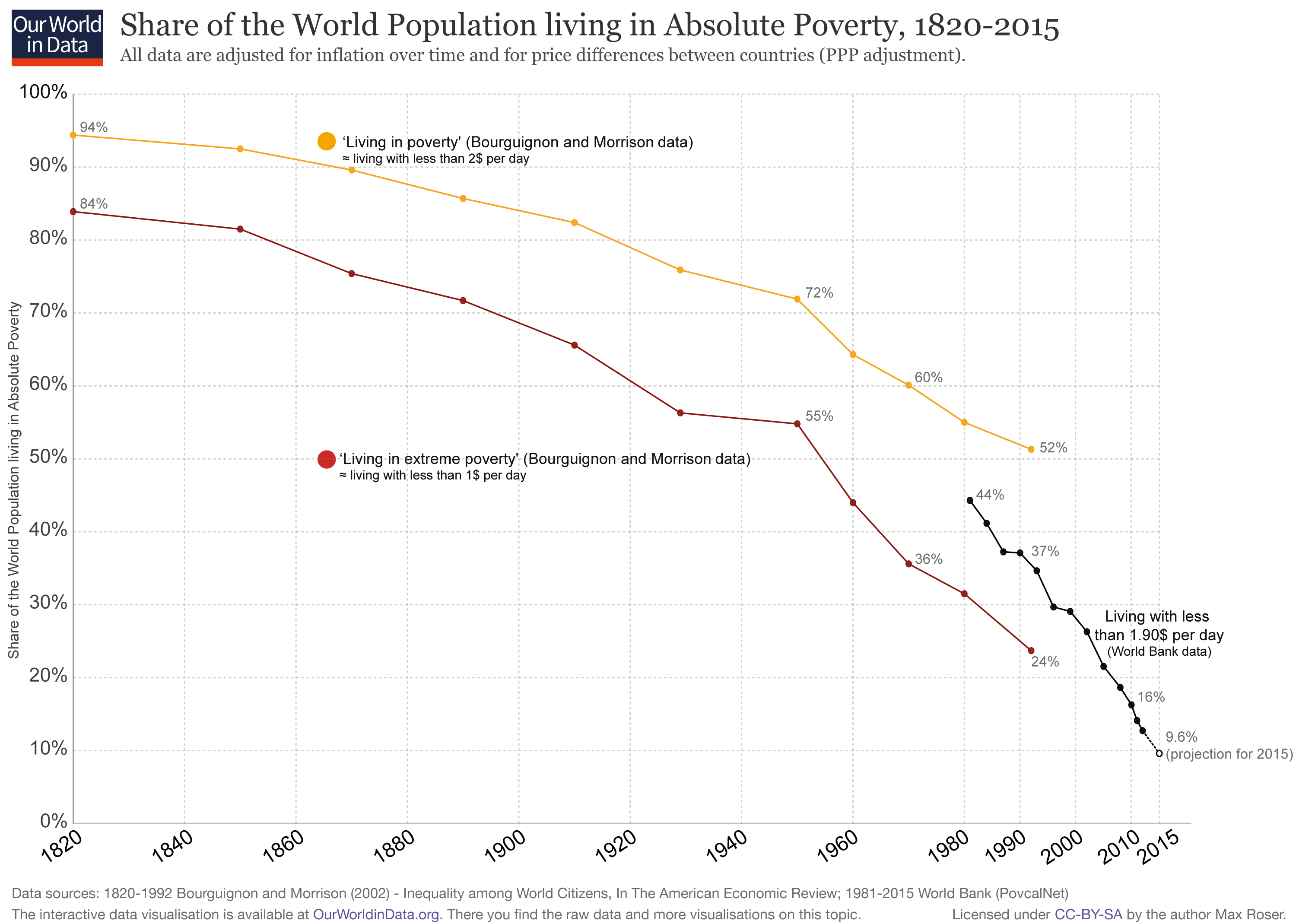electracity
Active Member
I know his work was disputed and even if you look at today as "we're nearly full" may be incorrect. But two or three things are generally accepted. There is not an unlimited amount of oil. And that easy oil has help us blossom population from 1 Billion around 1900 to 7.5 Billion today with 2-3 Billion more to come due to easy oil. Once oil is gone it is going to be fairly hard for humanity to consume at the levels it does today. If we learn a bit to live smaller, maybe like they do in Hong Kong (big apartment buildings full of small living spaces to stuff as many as possible per acre) this is scaleable to an extent. But if Asia wants to have the American middle class lifestyle but is 10x bigger, things look bleak long term. Think about how Autonomous activity is already marginalizing millions worldwide. Add drivers to that level and it looks like we will need to move to a larger welfare state to support those who cannot find work.
The "misleading" view that is repeated a lot about Ehrlich is discussed in this video.Take a listen - it helps shed light on his implications. Plus, he is "for" climate change reaction, for trying to get off fossil fuel and for management of trying to fee those who are still hungry in the world. Those who live a hungry life today are close to the full world population that existed in 1900.


Last edited:


